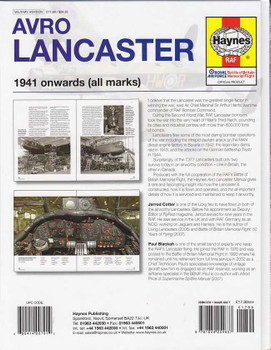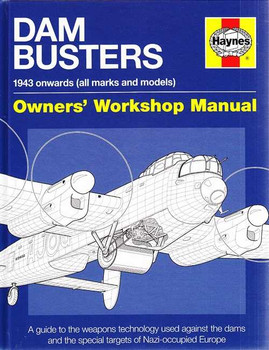Description
Author: Chris Howlett, ISBN: 9780857337900, Hardcover, Published in 2015, 188 pages
An insight into the design, operation, maintenance and restoration of the USA's giant long-range heavy bomber.
In August 1945, the USAAF Boeing B-29 Superfortress made history when it dropped the world's first ever atomic bombs on the Japanese cities of Hiroshima and Nagasaki, bringing the Second World War to a sudden and dramatic close.
The giant four-engine B-29 was at the cutting edge of aeronautical design for its time, with pressurised crew accommodation, electronic fire-control system and remotely operated gun turrets. Designed as a high-altitude strategic bomber the B-29 was operated by the USAAF against the Japanese in the China-Burma-India and Pacific theatres towards the end of the Second World War. In the closing months of the conflict it was widely used to deliver devastating fire-bombing attacks on Japanese cities. After the war the B-29 formed the core of the newly formed Strategic Air Command, carrying the US's nuclear capability before ending its frontline service somewhat unsatisfactorily over Korea (1950-53), where political considerations limited its use to little more than a tactical role. Despite its relegation from front line service the B-29 soldiered on for several more years in vital but secondary roles such as aerial tanker.
With the aid of more than 300 photographs and technical illustrations the Haynes Boeing B-29 Superfortress Manual examines the design, construction and anatomy of the B-29 across all versions, with the immaculate restoration of combat veteran 'T Square 54' as the centrepiece.
Author Chris Howlett describes the mighty B-29's combat career and with the aid of first-person testimony relates what it was like to fly and maintain the 'Superfort'.
Chris Howlett is a hydrographic scientist and an authority on the Boeing B-29 Superfortress/ Washington. He runs the 'Washington Times' association for ex-RAF B-29 Washington air and ground crews. He lives in Somerset.





















